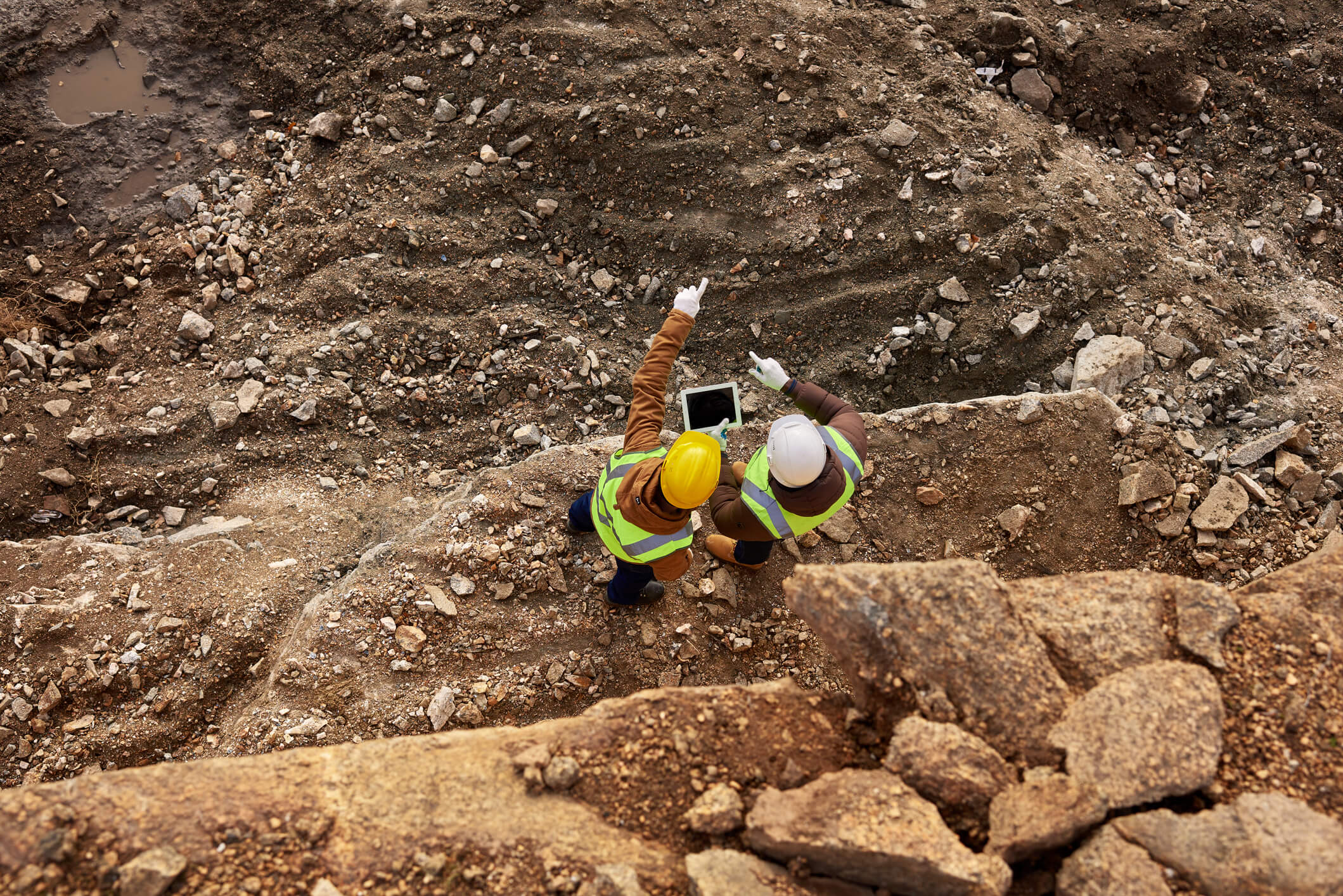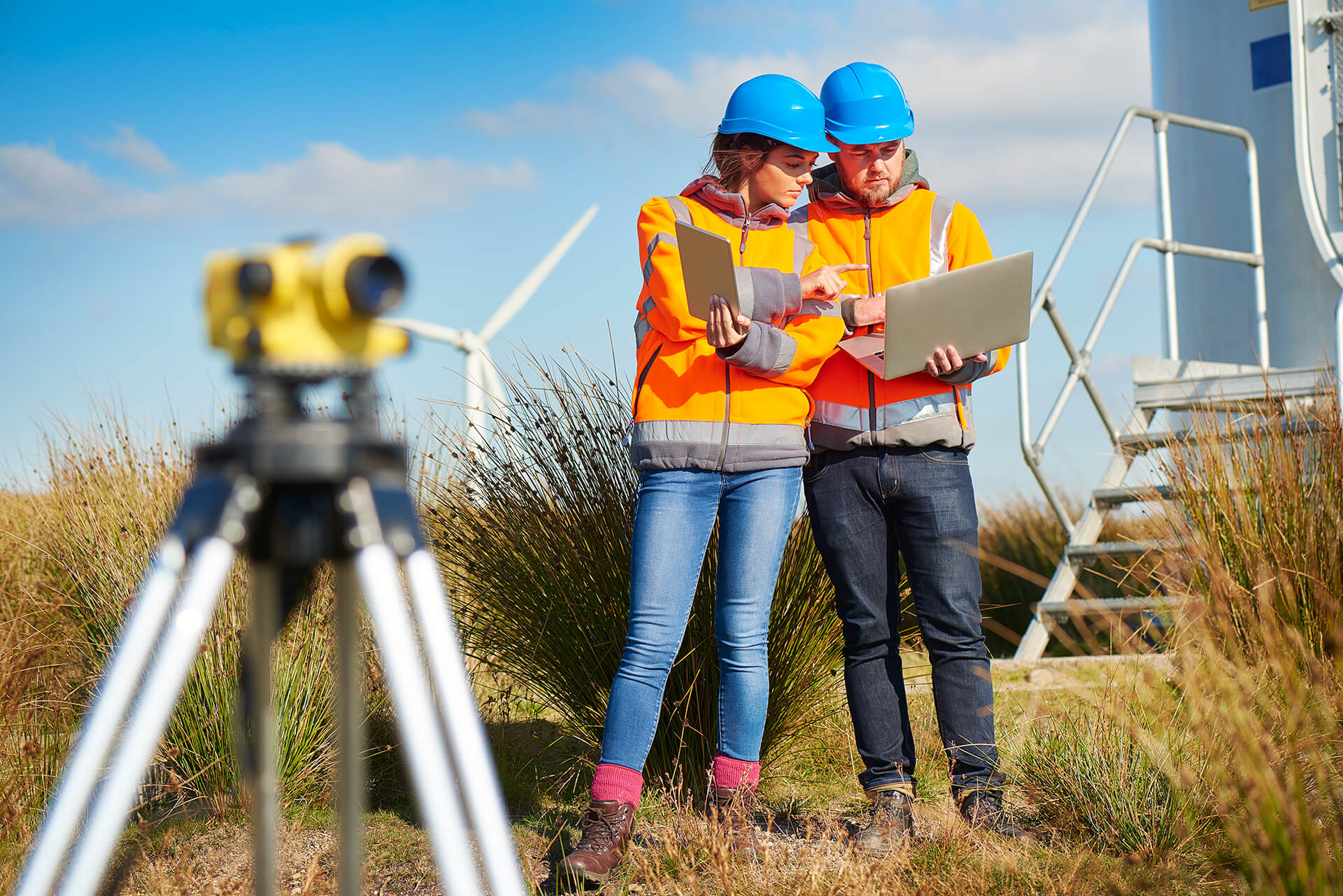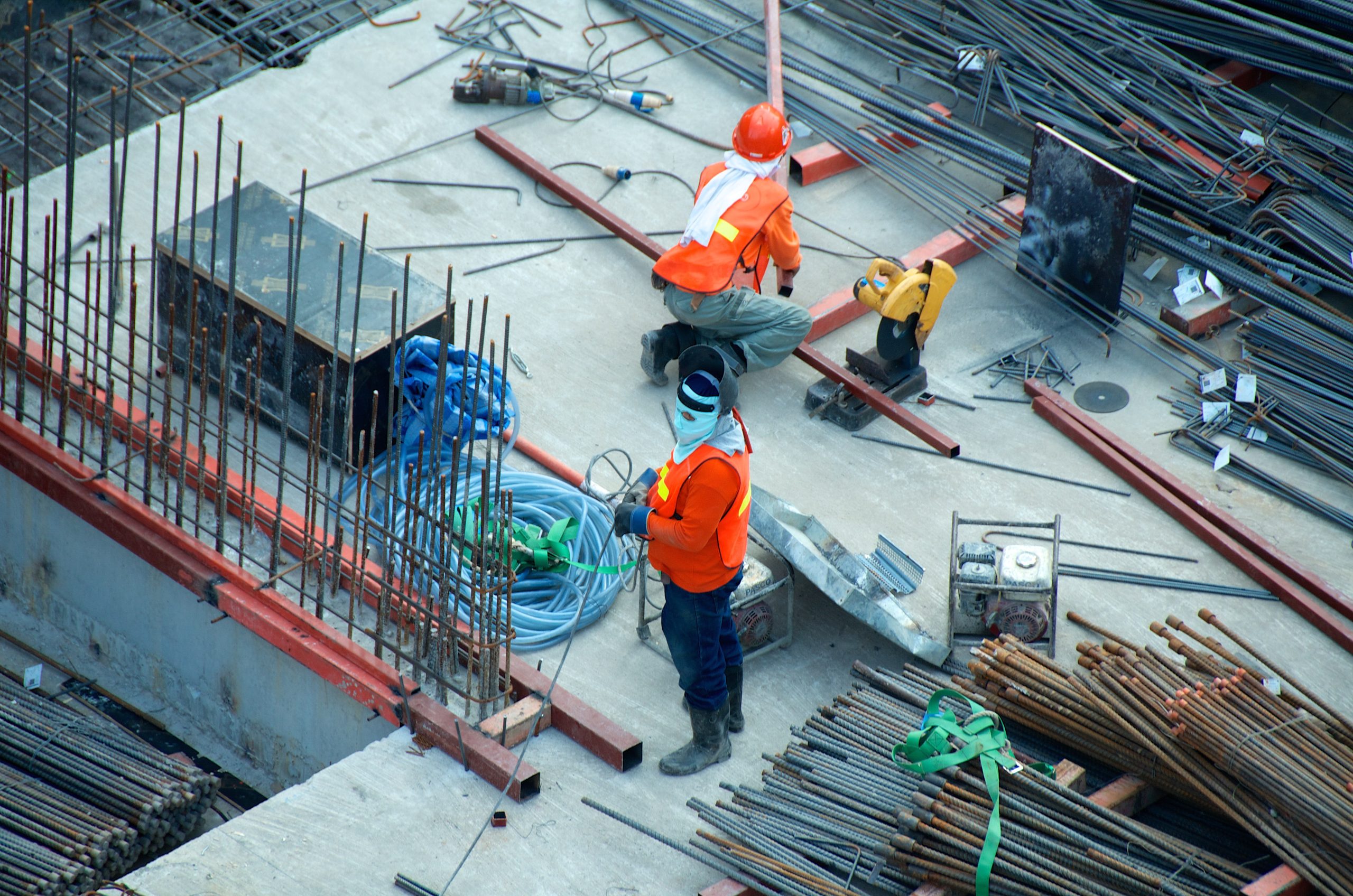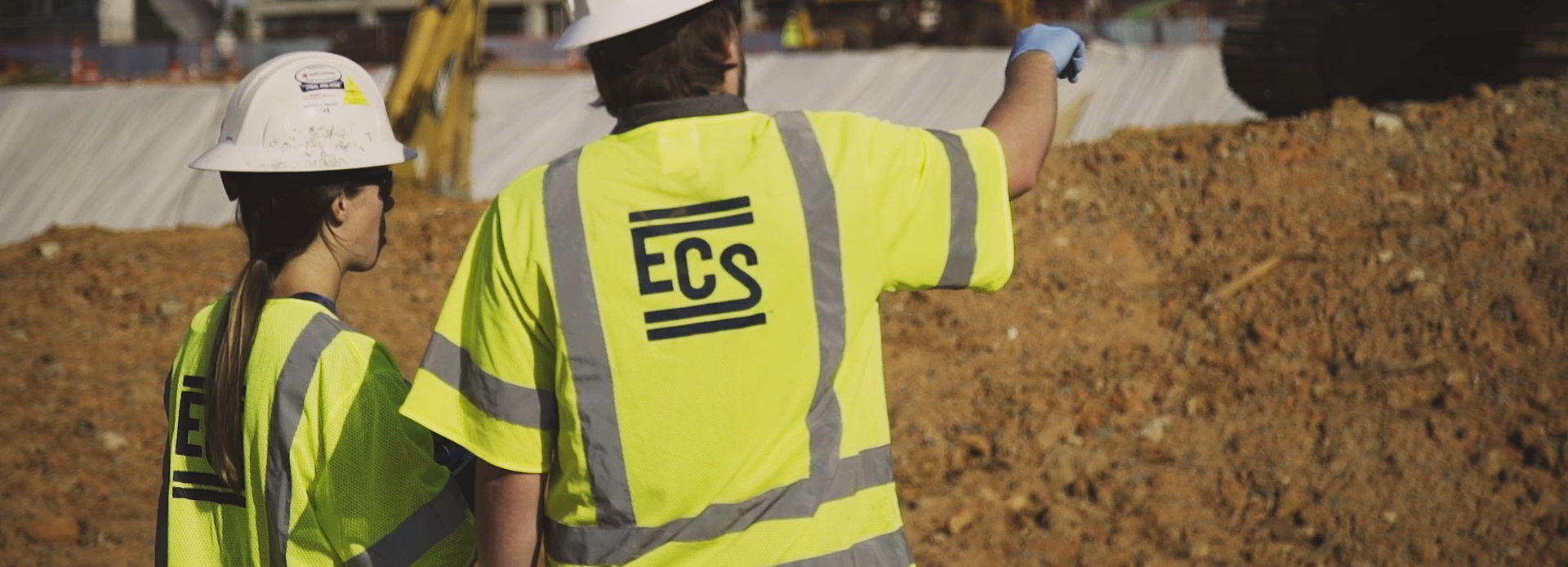These retaining walls are used in deep excavations and happen in stages. The application is adequate for soil with cohesion and a lower water table.
Earth Retention System (ERS) design combines a thorough knowledge of soil and groundwater conditions and behaviors, loading conditions affecting the ERS along with structural mechanics and specialized construction procedures necessary for a successful ERS installation.
ECS has a specialized team of design professionals ready to help with your ERS design. Design services can be provided for temporary and permanent ERS in various types of soil conditions. We make sure to assess the potential impacts from and to nearby structures and improvements like buildings, streets, sewers and other below grade utilities that may be affected.
Our ERS experience includes cantilevered systems, tied back and internally braced systems. We can help whether your ERS is comprised of steel sheet piles, soldier pile and lagging, slurry wall or mechanically secured earth walls.




